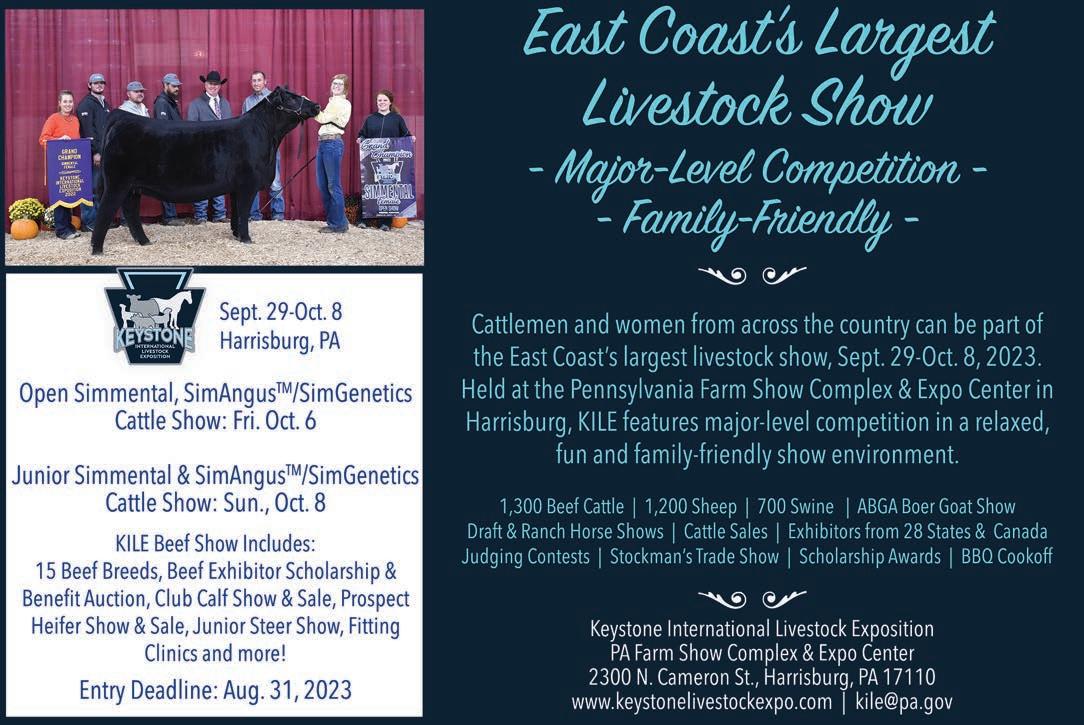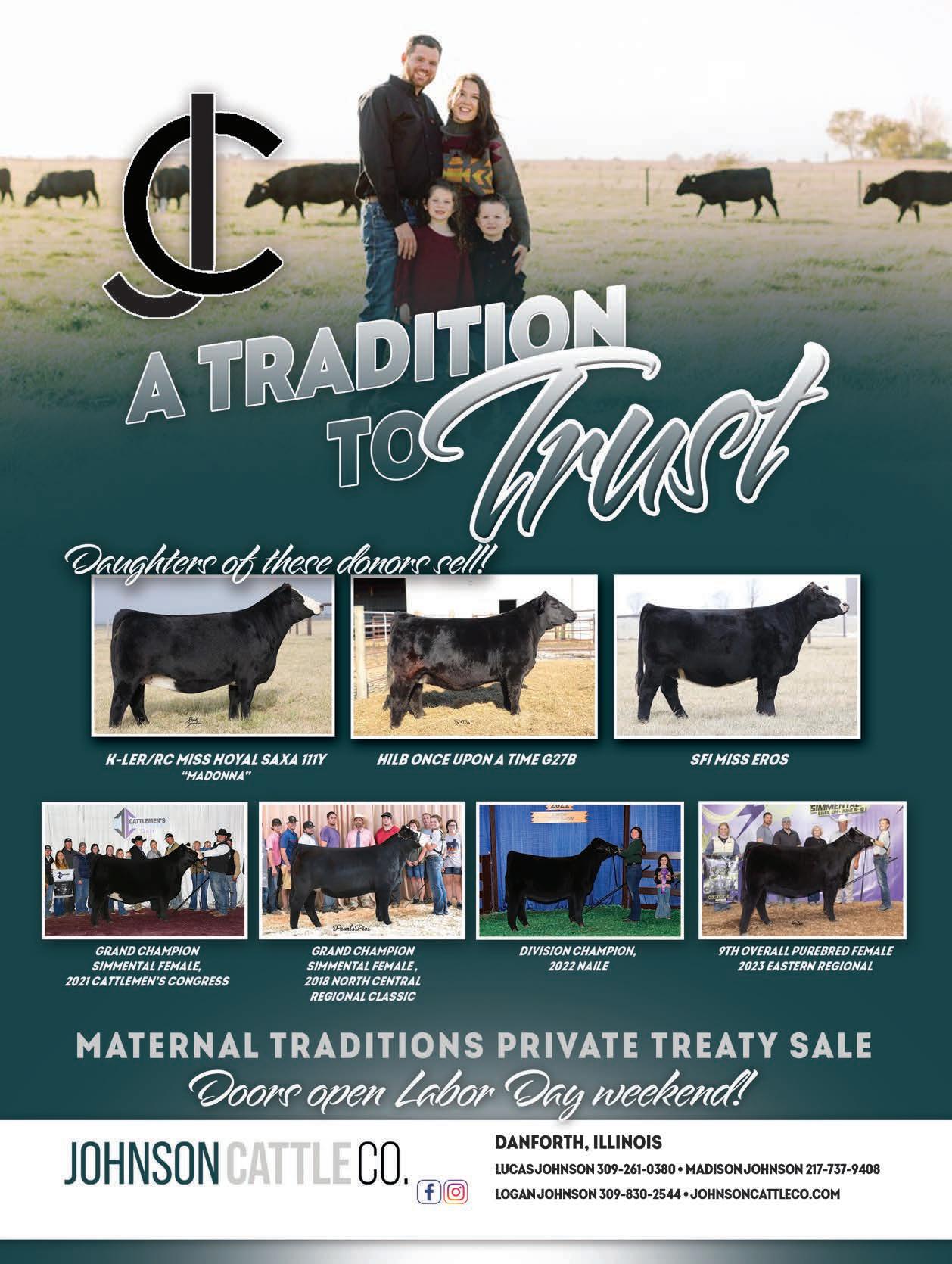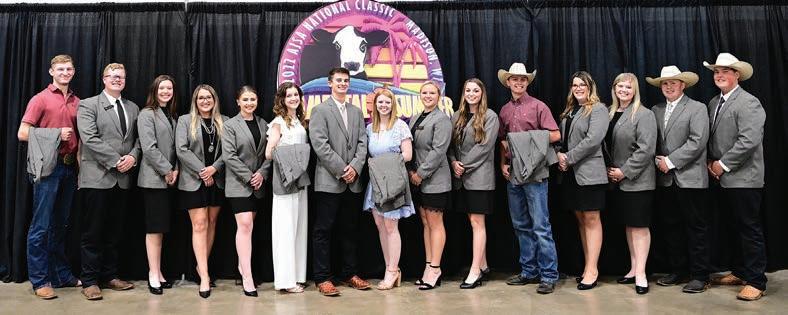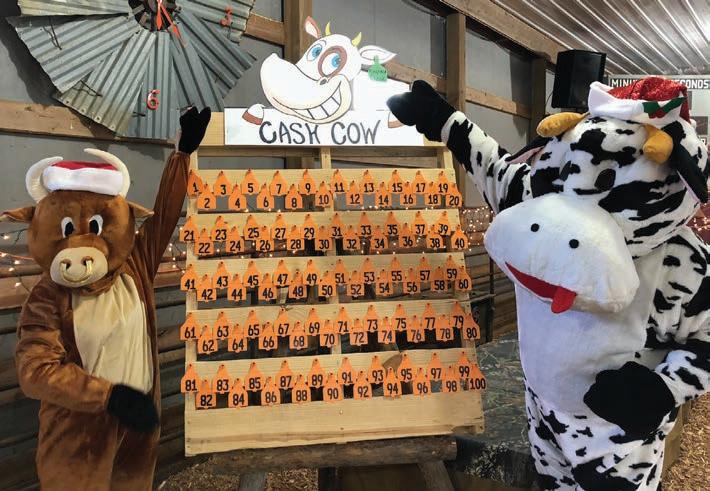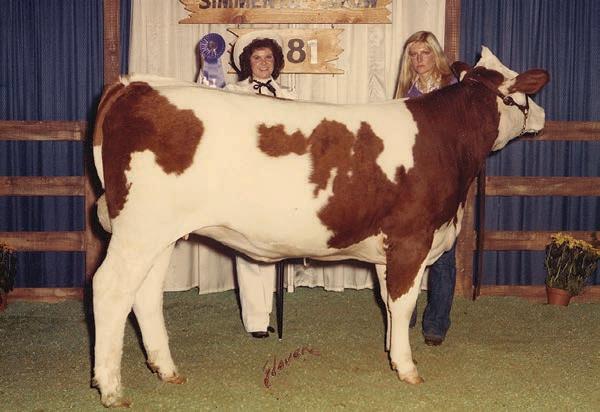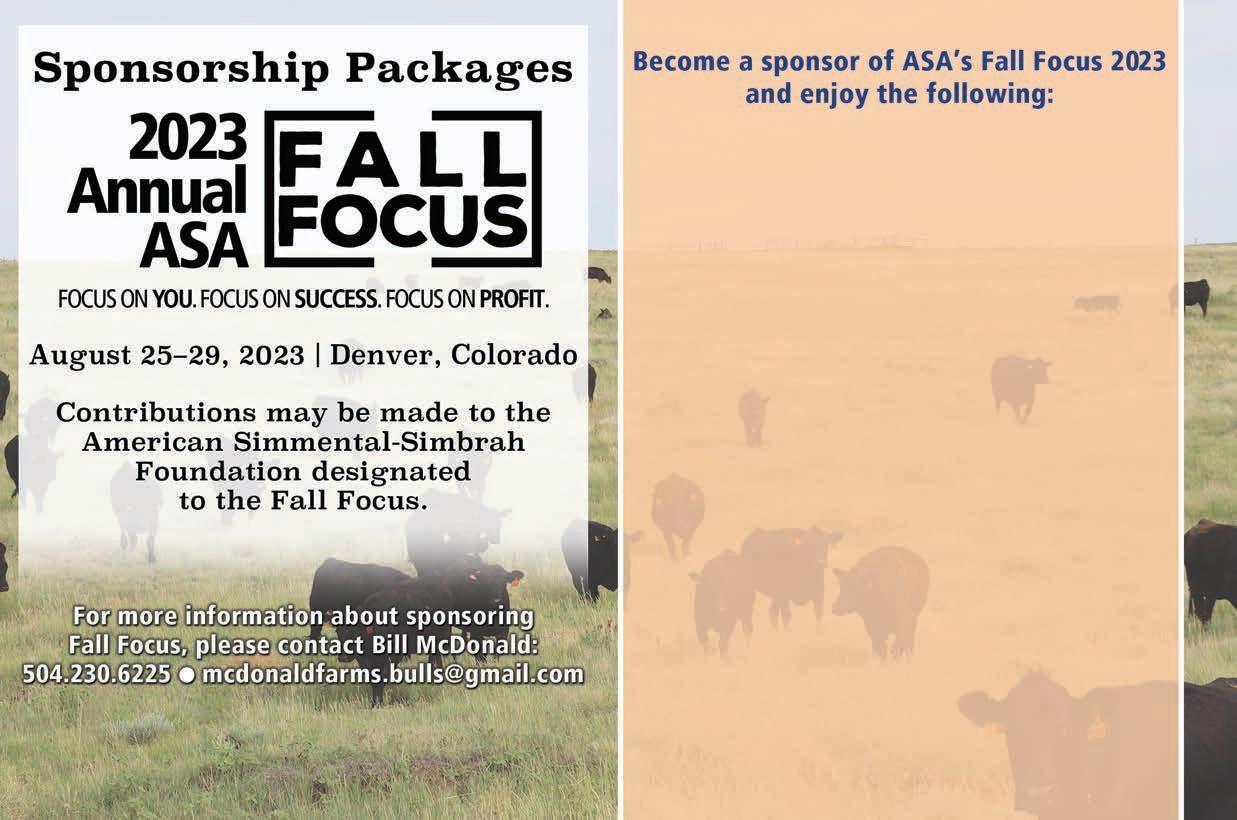
2 minute read
Quality
Triangle H Ranch, located in Finney County, Kansas, is a multi-generation cow-calf, feedlot, and farming operation owned by the Hands family. Sam Hands, who heads the family’s feedlot operation, met with the Grant Company to discuss his side of the business and the Simmental breed’s influence. The Stand Strong feature can be viewed on YouTube.
The Hands family found their way to southwestern Kansas as cowboys and homesteaders. The Triangle H business was officially established in 1974 as a partnership between Fielding Hands and his sons, Sam, Greg, and Cedric. The family farm started generations before the current business, and Sam Hands got his official start in the cattle business when he was just nine years old, purchasing a calf.
Today, the farming and cattle operation complement one another and have allowed the family to diversify. Crops include corn, grain sorghum, soybeans, wheat, and alfalfa, and the cow herd is used to clean up crop residue.
Hands leads the cow-calf, stocker, and finishing programs, continuing his lifelong passion for the industry. His daughter, Marisa Kleysteuber, has also stepped in as a managing partner, becoming the fifth generation to farm and raise cattle.
After learning to AI in the 1960s, Hands became an early adopter of this technology. This work exposed him to many breeds and facets of the industry. Hands recalls, “We decided that with the development of the feeding industry, feeder cattle were more fitting for our operation. We brought in Hereford bulls for cleanup, and were AIing with Charolais and Angus at first. As continental breeds started becoming more available we tested all of the different breeds, and we really liked what we were seeing with Simmental.”
The Hands family settled on a SimAngus cross, and have since balanced that cross to maintain performance in the feedlot and on the rail. “We’ve followed the numbers and done our own research, and can say that heterosis works. We get a little more ribeye, a little leaner carcass, a bit more quality, and looking at bottom line net profit, SimAngus works extremely well for us through the feed yard,” Hands says. SimAngus females have also worked well in the cow herd. “When we brought the Simmental cross females into the herd the conception rates got a little better.”
Hands explains that Simmental has paired well with Angus for a number of reasons, from the volume of data available to performance traits. “The thing we wanted to pick up from Simmental was heterosis, and also the dualpurpose traits which provide good maternal and terminal performance. Now we’ve made extensive progress in the Angus breed for size and production efficiency, so there’s just a nice balance with Simmental for getting carcass traits and feedlot performance.”
The All Purpose Index ($API) is a valuable tool for Hands. “The reason I use it is because we are going to keep females back in the herd. Feedlot performance and carcass traits are very important to us, but at the same time we’re going to keep females back and look at frame size, milk, longevity, and fertility,” he explains. “It helps bring traits together and makes life a little simpler.”
In the late 1990s Triangle H began marketing cattle through US Premium Beef, which provides full carcass data for each animal. This has been valuable for Hands’ customers. “One of the reasons they feed with us is that they [our customers] want data back on their cattle to see if there are changes they need to make,” Hands explains.

Triangle H has become a trusted feeder thanks to their dedication to data and unwavering commitment to making sure cattle are well-cared-for. “Our natural niche right now is that we have a good ongoing list of clientele who want to feed cattle here and get data back.”

Helping customers improve has strengthened these customer relationships. “We’ve developed an index here that incorporates feedlot performance along with carcass traits so they can evaluate their cattle and hopefully do a better job each year. We’ve also worked with them to develop a health program that helps them reach those end objectives,” Hands says.

Southwest Kansas has been a good home for the Hands family operation. “Animals seem to get along well here in our environment,” Hands explains. “If it is hot they cool
(Continued on page 12)


